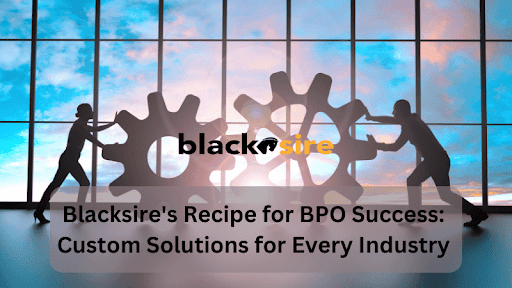Flexible packaging is a practical choice for a wide variety of consumables. There are several things that you should know to help you choose the right food flexible packaging for your products. Find out more about options for rollstock and films, preformed pouches and the profile and design of custom packaging.
Rollstock & Films
When you start considering flexible packaging, you might have the option to order either rollstock of flexible packaging film or preformed pouches based on your production facility and the type of products you sell. Rollstock requires thermoforming equipment, which can be a significant investment for a small consumer packaged goods brand. Preformed pouches are ready to use.
When you place an order for preformed pouches, you can choose from mono-material designs that only use one type of flexible film or multi-material designs that layer an exterior film over an interior barrier film. The type of products you sell may have food safety and freshness requirements that require the use of barrier films that exclude oxygen and moisture. Some of the most popular types of films for flexible packaging include polyethylene, Mylar and post-consumer recycled films.
Lay Flat & Stand Up Packaging
You can also choose the presentation of packaging. Two of the most common types of flexible packaging are lay flat and stand up pouches. Lay flat pouches are an economical design that allow for neat stacking inside of a tray or box for distribution or retail display. A pillow pouch is a style of lay-flat packaging with seals on three sides and the option to include a metallic coating that functions as a barrier.
Stand up packaging has more vertical visibility and internal space. This type of packaging can be the best choice for bulky contents or larger quantities of products. Stand up pouches are fully formed. No matter which type of packaging you choose, flexible materials offer the advantage of being lightweight, which allows for more efficient distribution than the same products in rigid glass, plastic or metal containers.
Digital Package Printing
The leading flexible packaging providers offer digital printing services. HP Indigo 20000 printers make it possible to digitally design and produce packaging. Your brand will not need to produce plates, which are a time-consuming and costly requirement for conventional packaging printing methods.
Digital printing allows for custom Mylar bags that display high-definition graphics with photo-quality images. In addition to any required product and nutritional information, you can also include interactive features such as Quick Response or QR codes on packaging. The packaging design features you choose can set your products apart from competing brands.
Scalable Packaging
Once you decide on custom flexible packaging, you can develop a plan to scale production. A packaging partner that provides in-house digital printing services and can quickly fulfill orders of any size can help you grow your brand of consumer packaged goods. Using a service with a global digital manufacturing platform can ensure that you are able to keep up with increasing demand for products and maximize your profits.





